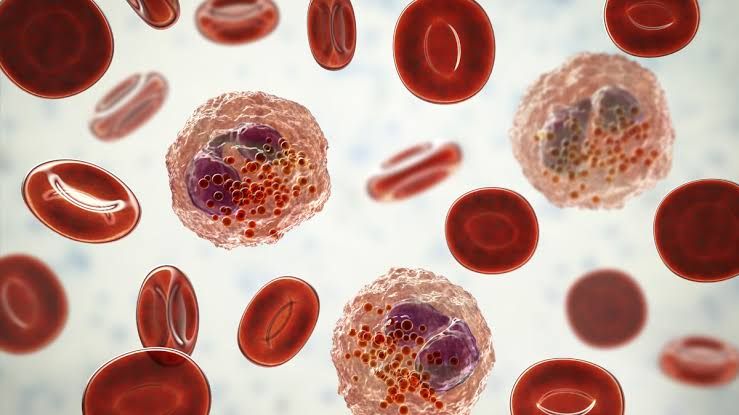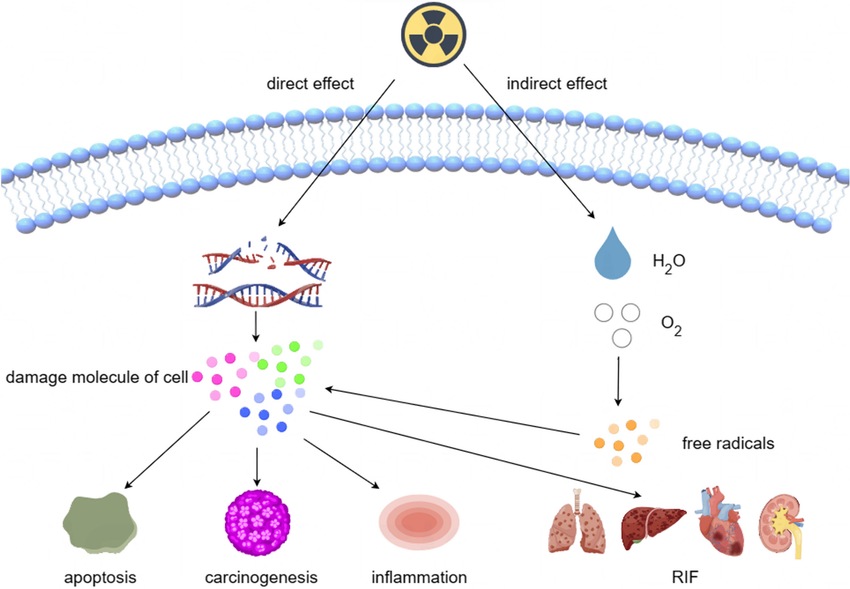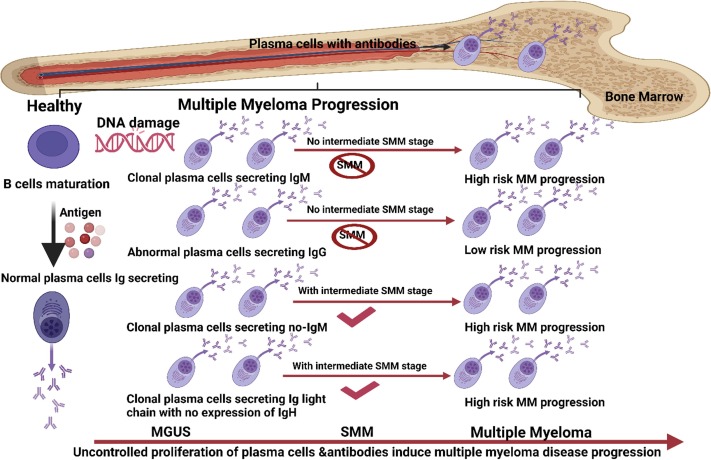
Chronic inflammation is a prolonged inflammatory response that can last for months or even years. Unlike acute inflammation, which is a short-term process that occurs in response to injury or infection, chronic inflammation is characterized by the continuous presence of inflammatory cells and mediators. This type of inflammation can result from various factors, including persistent infections, autoimmune diseases, exposure to irritants, and chronic stress. The hallmark of chronic inflammation is the ongoing tissue damage and repair processes that can lead to significant changes in the affected tissues.
Chronic Inflammatory Cells and Mediators
Chronic inflammation involves various types of immune cells and mediators that contribute to the inflammatory process:
1. Inflammatory Cells
- Macrophages: These are key players in chronic inflammation. They can be activated by various stimuli and are responsible for phagocytosing pathogens and debris, as well as secreting pro-inflammatory cytokines.
- Lymphocytes: T cells (particularly CD4+ helper T cells) and B cells play crucial roles in adaptive immunity during chronic inflammation. They produce antibodies and cytokines that perpetuate the inflammatory response.
- Plasma Cells: These are differentiated B cells that produce antibodies specific to antigens present during chronic inflammatory conditions.
- Eosinophils: Often involved in allergic reactions and parasitic infections, eosinophils can also contribute to tissue damage in chronic inflammatory diseases such as asthma.
- Mast Cells: These cells release histamine and other mediators that contribute to inflammation and allergic responses.
2. Inflammatory Mediators
- Cytokines: Proteins such as tumor necrosis factor-alpha (TNF-α), interleukin-1 (IL-1), interleukin-6 (IL-6), and transforming growth factor-beta (TGF-β) are critical in regulating immune responses during chronic inflammation.
- Chemokines: These small signaling proteins attract immune cells to sites of inflammation. Examples include CCL2 (MCP-1) which recruits monocytes.
- Prostaglandins: Lipid compounds derived from arachidonic acid that mediate various physiological functions including vasodilation and increased vascular permeability.
- Leukotrienes: Another class of lipid mediators involved in bronchoconstriction and recruitment of leukocytes during inflammatory responses.
The interplay between these cells and mediators leads to a sustained inflammatory environment that can cause tissue remodeling, fibrosis, or even malignancy over time.
Systemic Effects of Chronic Inflammation
Chronic inflammation does not only affect localized tissues but also has systemic effects on the body:
1. Metabolic Changes
Chronic inflammation is associated with metabolic syndrome, which includes obesity, insulin resistance, dyslipidemia, and hypertension. Pro-inflammatory cytokines like TNF-α interfere with insulin signaling pathways leading to glucose intolerance.
2. Cardiovascular Effects
Persistent inflammation contributes to atherosclerosis through endothelial dysfunction, promoting plaque formation within blood vessels. Elevated levels of C-reactive protein (CRP), an acute-phase reactant produced during systemic inflammation, are linked with increased cardiovascular risk.
3. Musculoskeletal Effects
Conditions such as rheumatoid arthritis involve systemic effects where chronic joint inflammation leads not only to local pain but also fatigue, malaise, and decreased physical function due to systemic involvement.
4. Psychological Impact
There is growing evidence linking chronic inflammation with mental health disorders such as depression and anxiety. Pro-inflammatory cytokines may influence neurotransmitter systems affecting mood regulation.
5. Increased Cancer Risk
Chronic inflammatory states have been implicated in carcinogenesis through mechanisms involving DNA damage due to reactive oxygen species generated by activated immune cells.
In summary, chronic inflammation represents a complex interplay between various immune components leading not only to localized tissue damage but also significant systemic effects impacting overall health.







